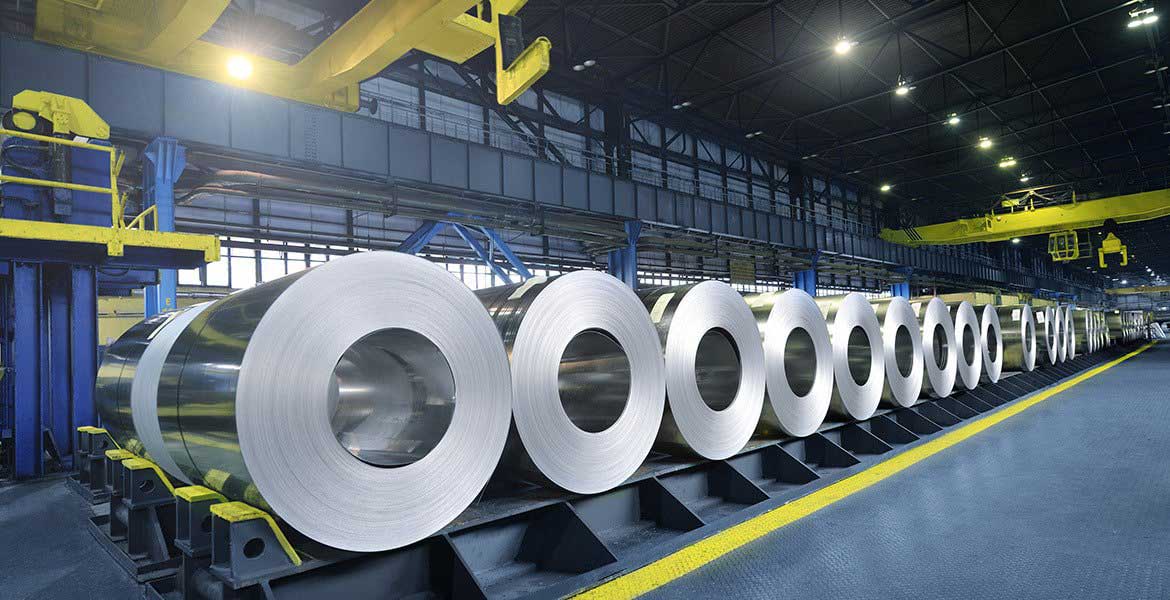
Material Handling Products Survey Confirms Racks and Carts Top the Needs List
July 30, 2015The U.S economy is on a rebound and material handling is no exception. Warehouses today are very different from what they were a few years ago. In order to optimize the material handling process, the entire supply chain has to be evaluated and improved.
For example, the purpose of the distribution center is to have sufficient inventory to meet customer demand. One way to achieve this is through network optimization. By having the distribution center close to suppliers, you can significantly reduce your transportation and storage costs as it eliminates the need to hold excessive inventory.
Even small elements like the packaging of the product can have an impact on material handling decisions. For instance, if you can afford to redesign the packaging and reduce the overall weight of your product, you can easily increase the number of pieces that a pallet can hold and transport in one go.
Optimizing each aspect of material handling
Material handling starts at the product level and involves working up to the pallet level, optimizing each aspect in the process. The result of this strategy is better stacking and storage as well as reduced damage. You also need to consider the equipment to use throughout the process, such as shelving requirements, hand-stacking vs. machine loading, rolling carts, etc.
Material handling is a delicate process as even minor changes can result in major savings (in the best possible scenario) or major problems (in the worst cases). Therefore, it is important to analyze the impact of any changes throughout the supply chain before you implement them. After all, you would not want to improve one step only to discover serious problems down the rest of the process.
Following from the above example, the reduced packaging increases the number of pieces a pallet can hold, which changes the handling and storage for the pallets. More load on the pallets could decrease their strength and storage configuration may also need some changes to accommodate the larger and heavier pallet loads. Moreover, these larger pallets will also have an impact further down the supply chain. You get better trailer utilization but the increased weight and value of the shipment results in a higher transportation cost and increased risk in case of any unfortunate event. Not to mention, the changes that need to be implemented at the next stage of the supply chain in receiving, handling and storing the shipment.
Automating the material handling process
As all businesses today face constant pressure to perform their functions quicker and at a lower cost, automation seems like the only solution in achieving greater efficiency. Automating the material handling process can provide several benefits. The major one is greater productivity. Tasks such as the manual movement of material only result in the skills of the human workforce being wasted as they are not being for value-adding activities like they should be. Not only that, when the workers are engaged in repetitive, monotonous tasks, it can be demoralizing for them, resulting in increased turnover.
Additionally, technology provides access to real-time data related to inventory and other things in the warehouse, which results in a reduced chance of human errors and improved customer service levels. The cost reductions and increased efficiency achieved by automation ensure accurate dispatching and improved delivery performance, driving customer satisfaction and company profitability.
The Bottom Line
The right material handling processes can bring significant cost savings and efficiency for any business. The best way to optimize material handling is by looking at each aspect of the process one by one to identify bottlenecks and areas for improvement and then implementing the changes only after thorough consideration of the impact of each throughout the supply chain. That way, you can minimize the risk of any problems down the line and achieve the best results.

